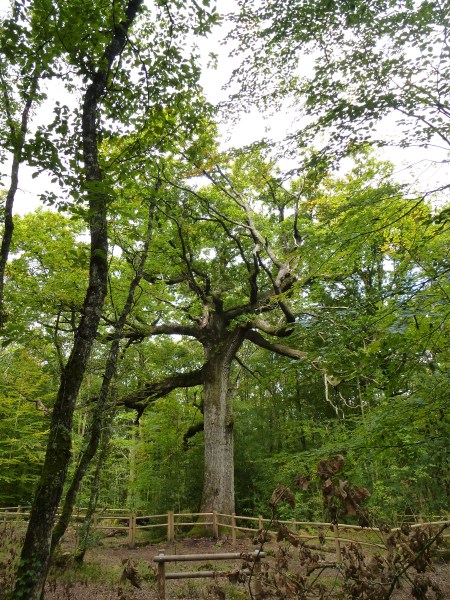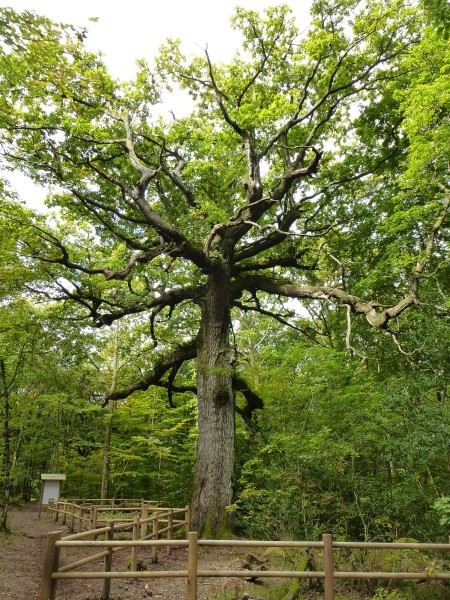In the autumn I was lucky enough to visit the beautiful gardens at Stourhead in Wiltshire. With its pretty lake surrounded by wooded hillsides dotted with follies of all shapes and sizes, Stourhead has a dream-like quality about it, an eighteenth-century recreation of an ancient Roman paradise. It’s got its own version of the Pantheon, complete with grand portico, dome and marble sculptures, a medieval cross, and a even a quaint ‘Gothic’ cottage with rustic windows and a thatched roof.

The beautiful Georgian landscape of Stourhead, Wiltshire
But surely the most atmospheric spot at Stourhead is the Grotto, constructed in 1748 for then owner Henry Hoare, and designed by Henry Flitcroft. Wealthy Georgian gardeners, it seems, had something of a taste for magic, and a dark and creepy underground cavern was an important element in any grand garden of this period.
From a distance the Grotto at Stourhead, which sits right of the shore of the lake, looks like nothing more than a huge pile of mossy rocks. On closer inspection, however, a set of twisting steps can be seen leading down to a shadowy doorway.

The twisting staircase down to the Grotto at Stourhead
Beyond lies a dark – very dark – underground passageway, the only light coming from small apertures in the roof and the side, the latter offering wonderful views over the lake outside.

Looking out onto the Stourhead Lake
Lined with flint, pebbles and tufa, the interior of the Grotto is constructed to resemble a rough natural cave. Since Henry Hoare was rather taken with ancient Rome, the grotto is inspired by the poetry of Ovid and Virgil, both of whom wrote numerous tales of magical, poolside caverns, which were often home to nymphs, monsters or even gods and goddesses. Neo-classical sculptures in the Stourhead Grotto add to the atmosphere of ancient mystery, with a gushing spring and pool decorated with a water nymph and some poetry inscribed into the floor:
Nymph of the Grot these sacred springs I keep,
And to the murmur of these waters sleep;
Ah! Spare my slumbers, gently tread the cave,
And drink in silence, or in silence lave.
Further along, hiding out in a gloomy, water-filled cavern, sits a dramatic bearded river god, a spring from the River Stour pouring noisily from his urn.

The river god in the Grotto at Stourhead
I may have visited the gardens at Stourhead a little to late to see the amazing autumn leaves which attract thousands of visitors every year, but in a way I was glad to catch it at a quieter moment. Wandering alone through the tunnels of the Grotto, the weak November sun setting over the damp Wiltshire hills, it really was possible to experience the sublime wonder of this magical place, and feel the thrill that has been enjoyed by visitors to this place for over three and a half centuries.

The magical Grotto at Stourhead









































